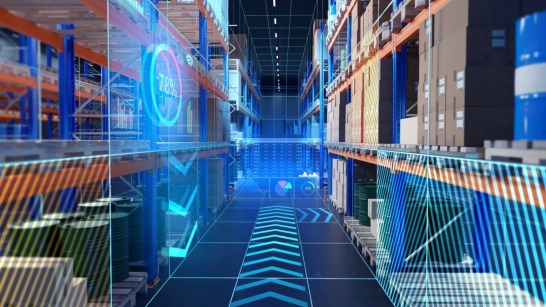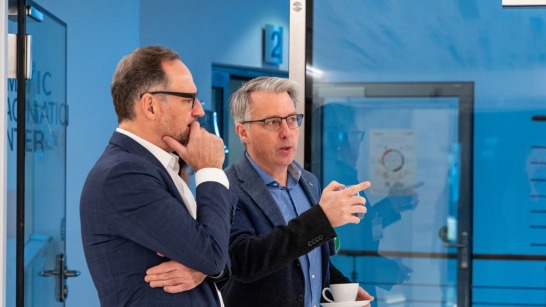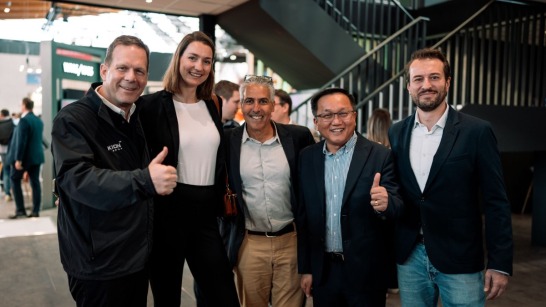Weak vs. strong AI: What is the difference?
Weak AI: Systems for specific, clearly defined tasks without actual understanding. Examples: Chatbots, speech recognition, recommendation systems. Features: Rule-based, limited adaptability, no independent further development.
Strong AI: Systems that can learn, understand, abstract and react flexibly to completely new situations – similarly to humans. Strictly speaking, there is currently no fully developed strong AI. However, technological precursors such as generative AI, genetic algorithms and autonomous robots are showing the first signs of this: They are partly self-learning, can recognize patterns, make decisions and adapt to changing conditions. Properties (in the target concept): Self-learning, generalizing, capable of making decisions, highly adaptable.






